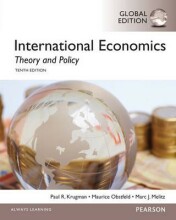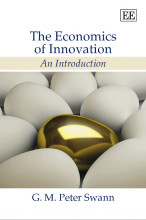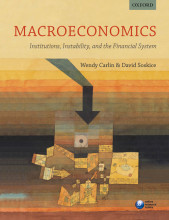Labor productivity and comparative advantage: the ricardian model
9 important questions on Labor productivity and comparative advantage: the ricardian model
Discuss the myth: free trade is beneficial only if your country is strong enough to stand up to foreign competition.
Discuss the myth: foreign competition is unfair and hurts other countries when it is based on low wages.
Discuss the myth: trade exploits a country's workers and makes it worse off if its workers receive much lower wages than workers in other nations.
- Higher grades + faster learning
- Never study anything twice
- 100% sure, 100% understanding
When is it cheaper in Home to produce in a model with many goods?
a*_Li/a_Li > w/w*
w: wage rate
a_Li home unit labor requirement
How is the relative wage determined in the multigood model?
When will the relative demand for Home labor fall?
As Home labor becomes more expensive relative to Foreign labor...
Why is the actual international economy not this extreme?
2. Countries sometimes protect industries from foreign competition
3. It is costly to transport goods and services
What are misleading predictions of the Ricardian model?
2. The model assumes away effects of international trade on the distribution of income within countries, that countries will gain as a whole.
3. The model allows no role for differences in resources among countries as a cause of trade.
4. The model neglects the possible role of economies of scale as a cause of trade.
The question on the page originate from the summary of the following study material:
- A unique study and practice tool
- Never study anything twice again
- Get the grades you hope for
- 100% sure, 100% understanding
































